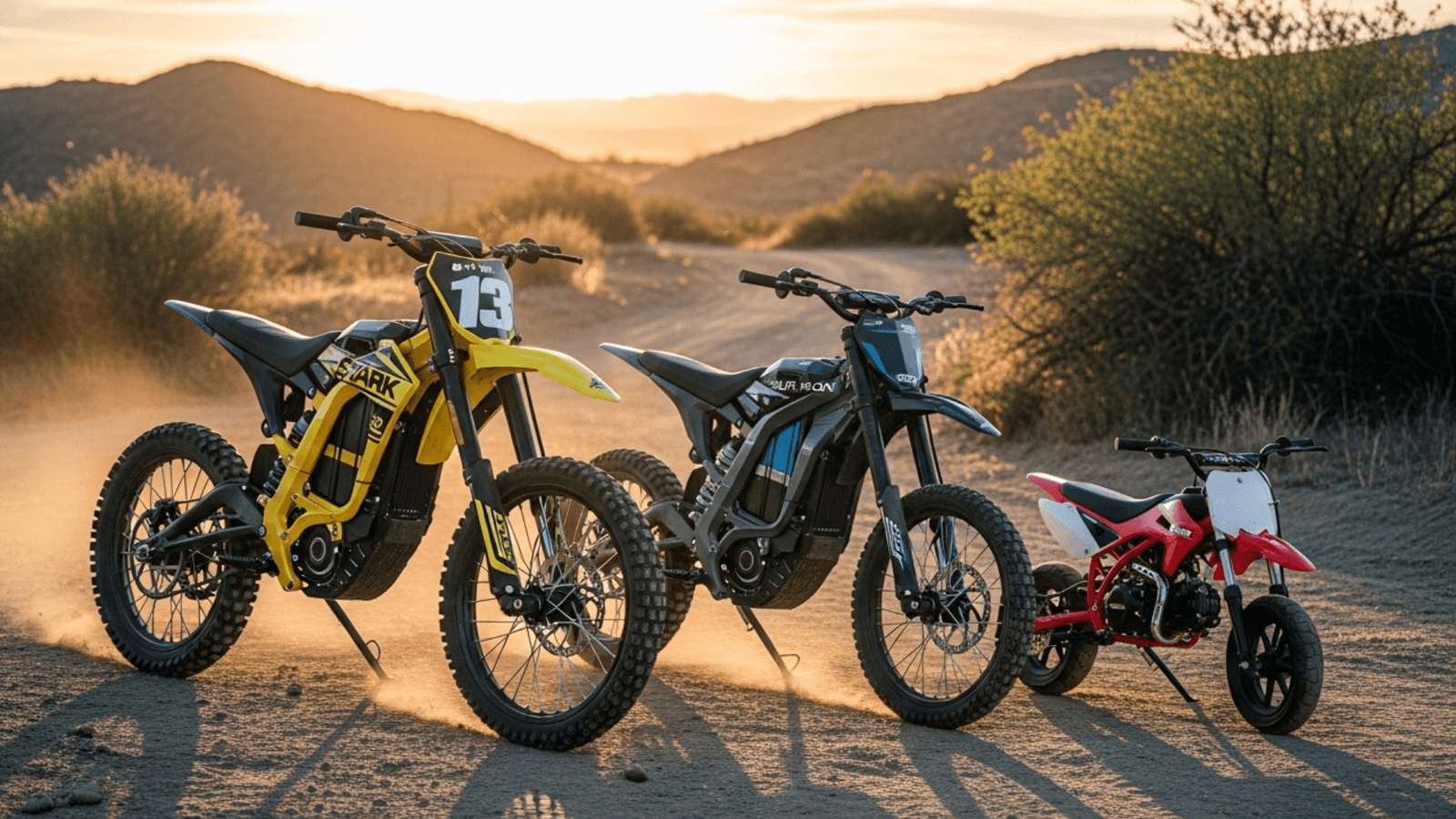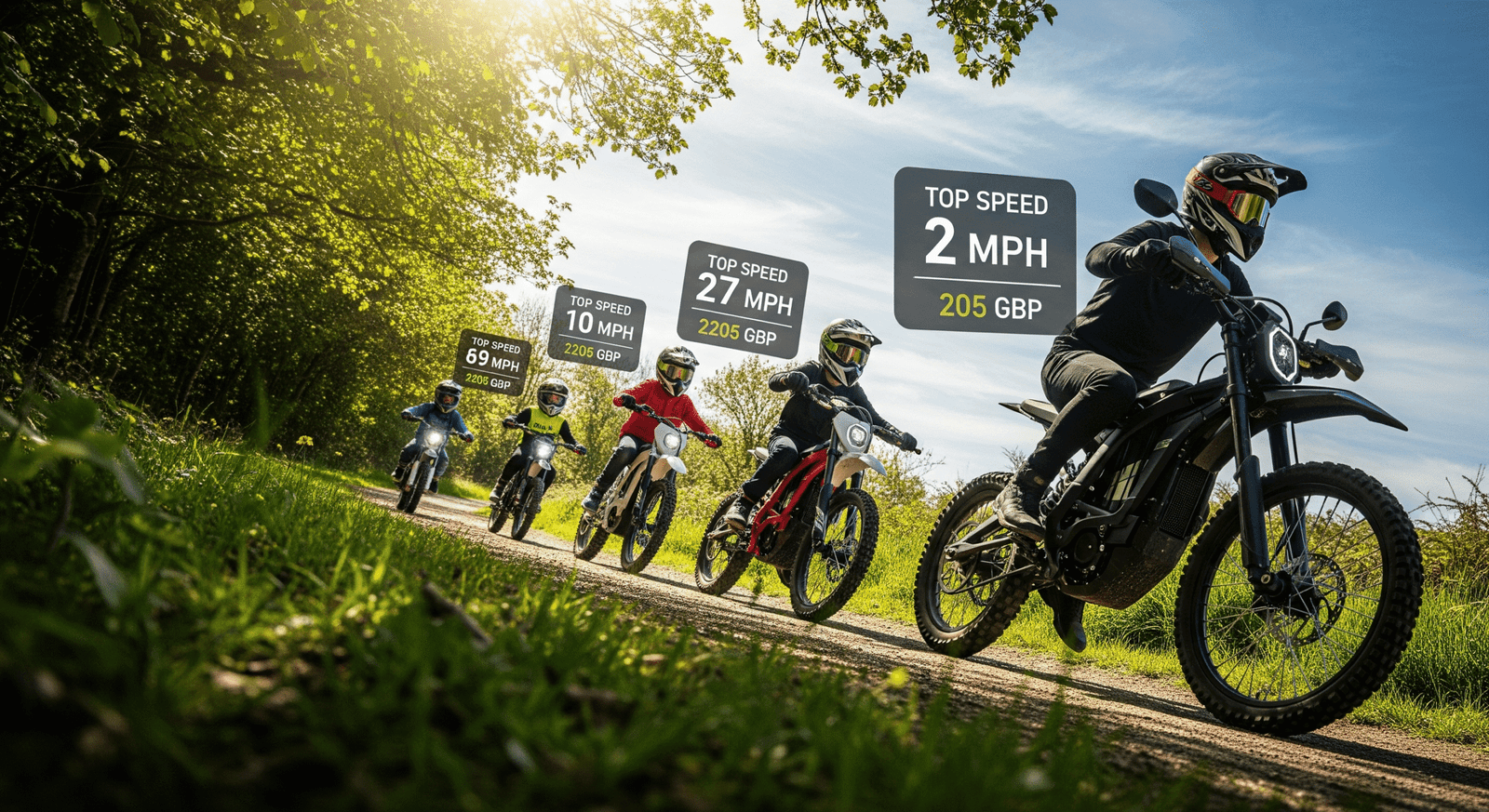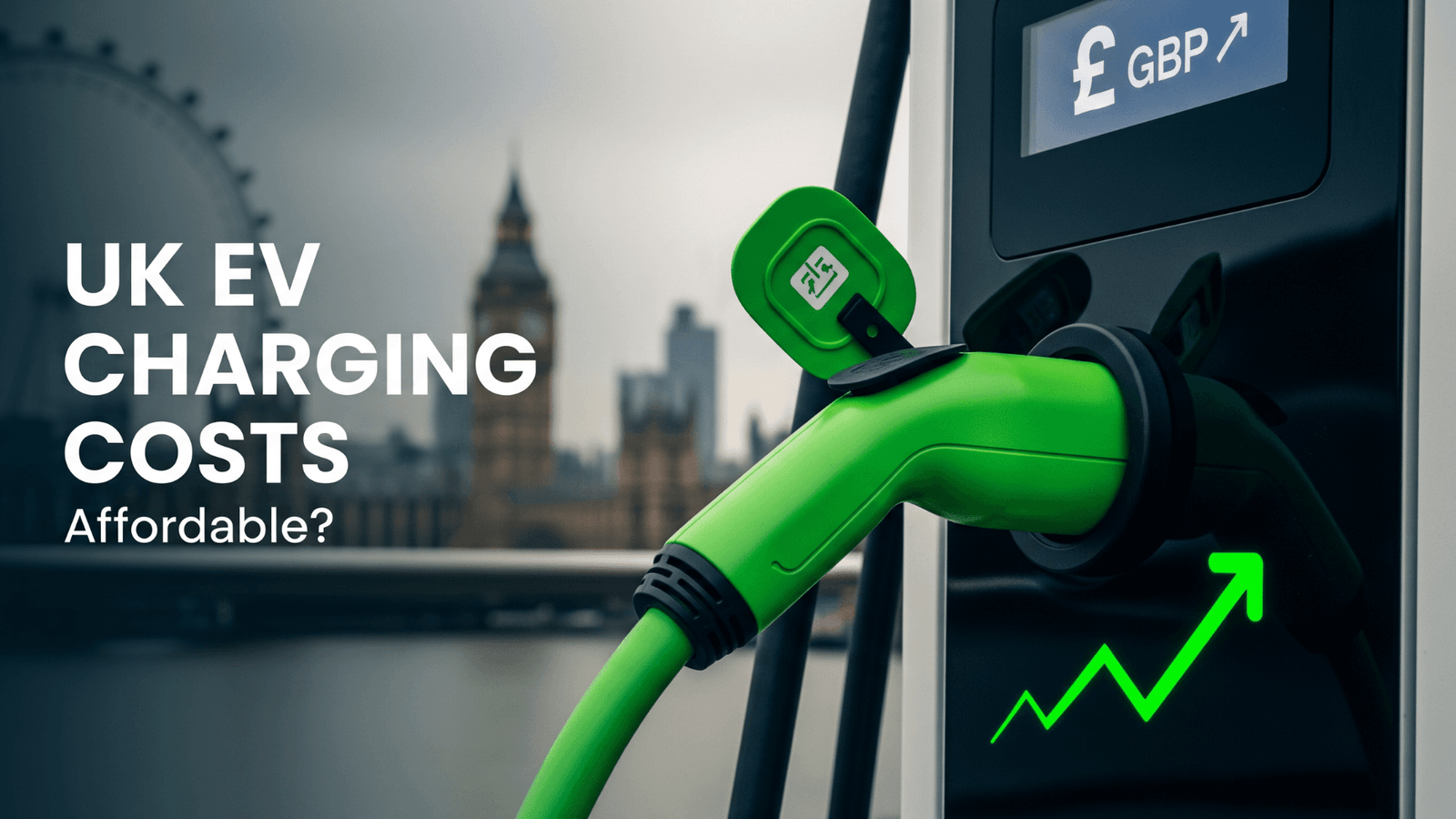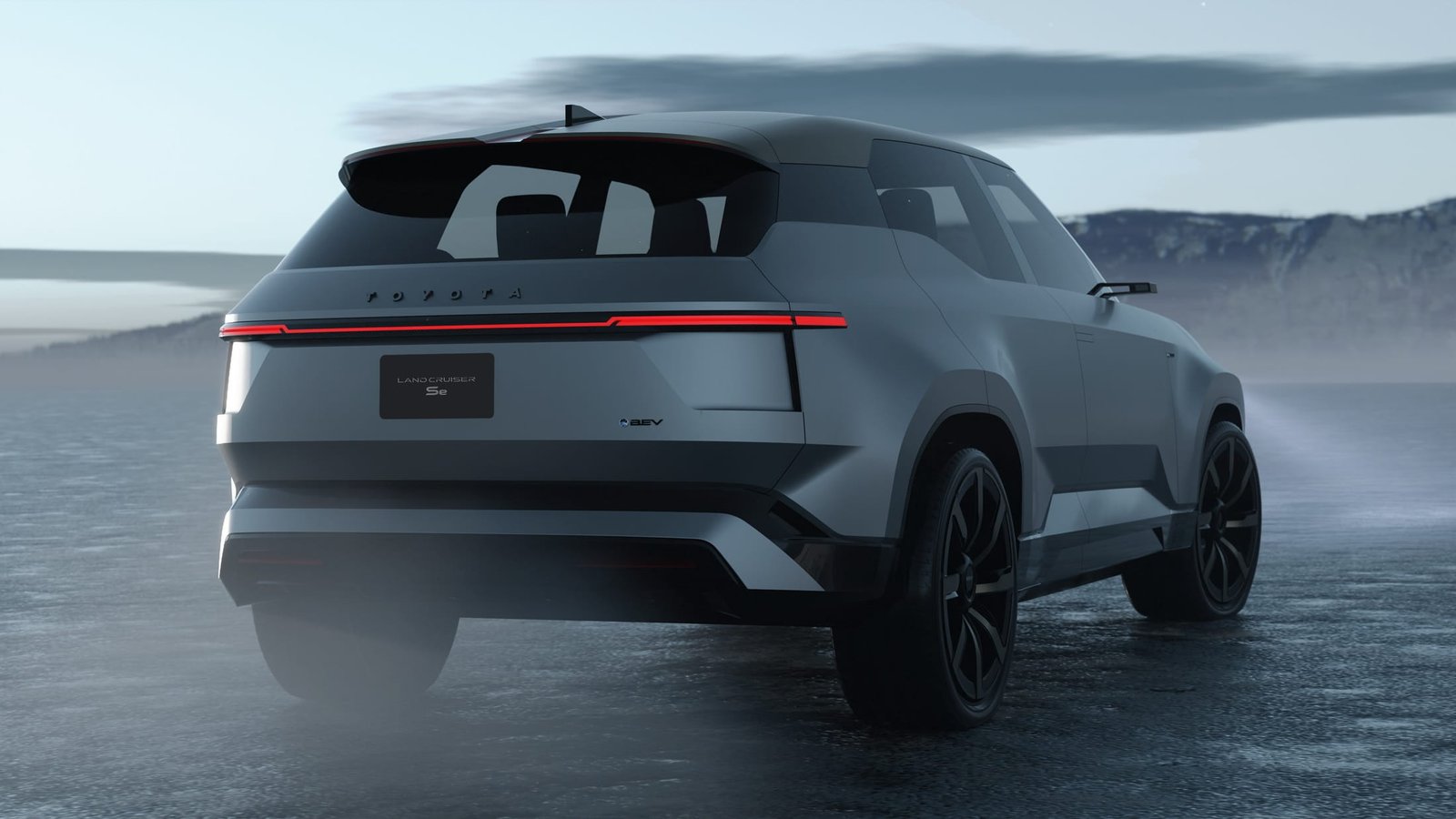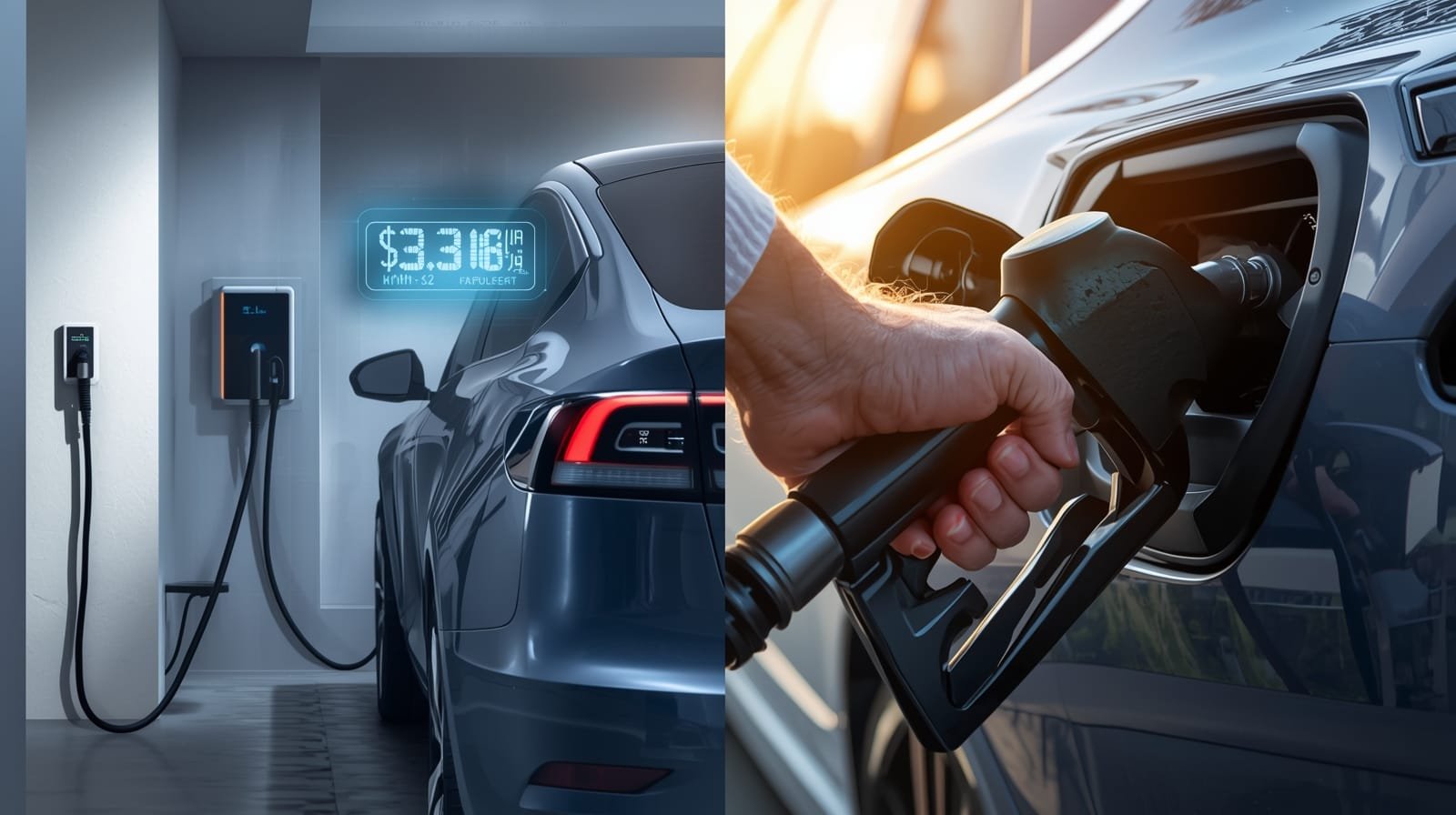It’s a moment of pure excitement followed by a sinking feeling. You’ve just taken delivery of your brand new 2025 Sur-Ron Ultra Bee, one of the most anticipated electric bikes on the planet. You swing a leg over, twist the throttle for that promised 90 km/h rush, and… you top out at a gentle 45 km/h.
That’s not right.
Your mind starts racing. Did the dealer sell me a detuned model? Is something broken? Have I been scammed?
Let us be perfectly clear: Your frustration is justified, but you can relax. Your bike is not broken, and you haven’t been scammed. You have simply encountered the single most poorly communicated aspect of buying a street-legal electric motorcycle today.
At Vecharged, our mission is to protect our readers with absolute clarity. We’re going to explain exactly what’s happening, why your bike is “slow,” and how to unlock its true potential—the right way.
The Marketing vs. The Reality: The “Supercar in Valet Mode” Problem
The core of the issue is a single word the dealer likely never explained properly: Homologation.
- The Marketing Claim: You bought a Sur-Ron Ultra Bee, a machine famous for its 90 km/h (56 mph) off-road top speed.
- The Vecharged Reality Check: You have purchased a street-legal, homologated version of the Ultra Bee. In order for this bike to be legally sold for road use in most countries (including Europe, Australia, and the UK), it must be electronically restricted from the factory to meet local learner-license laws (like the A1 license category in the EU).
Think of it this way: you’ve bought a supercar, but it has been delivered to you in Valet Mode. The full power is all there, waiting to be unlocked, but it’s currently capped for legal and safety reasons. The 45 km/h limit isn’t a defect; it’s a feature required for its legal status.

How to Unlock Full Power: The Official Off-Road Derestriction Guide
This is your bike’s “dual-personality,” and switching between modes is a simple, reversible process.
A Critical Warning: Before you follow any advice from a forum about “snipping a green wire,” stop. That is outdated information for older Sur-Ron models. Attempting it on your 2025 Ultra Bee is a fast way to damage the controller and instantly void your warranty. Do not cut any wires.
The official derestriction process is software-based. The exact method can vary slightly by region, but it is almost always a sequence of simple commands.
- The “Brake and Throttle” Sequence: The most common method involves a specific sequence of actions, such as: turning the bike on, holding one of the brake levers, fully twisting the throttle for a few seconds, and pressing the start button.
- A Dealer-Activated Process: In some highly regulated markets, the dealer is required to activate the full power mode for you after you sign a waiver confirming you understand it is for off-road use only.
The Vecharged Protective Advice: Your First and Only Step
Contact the dealer who sold you the bike.

This is the safest and only Vecharged-approved first step. Send them an email or call them with this exact phrase:
“I have just taken delivery of my 2025 Ultra Bee and I need the official procedure for switching between the restricted road-legal mode and the full-power off-road mode.”
They will provide the correct, warranty-safe instructions for your specific model and region. This protects you and your investment. Remember, using the derestricted mode on public roads is illegal and will void your insurance. Full power is for the track and the trail.

The 85V vs. 74V Battery Mystery: Solved
The second point of confusion is the battery voltage. You see “85V” in the marketing, but your charger is labeled “74V.” Again, this is a case of marketing vs. engineering reality.
- The Marketing Claim: The bike has a powerful “85V” battery.
- The Vecharged Reality Check: The battery’s Nominal Voltage (its standard, everyday operating voltage) is 74V. Its Peak Voltage (the absolute maximum voltage when fully charged) is 85V.
Think of your battery like a bucket of water. The 85V is the level where the bucket is filled to the absolute brim—so full that a single drop will make it overflow. The 74V is the normal, safe fill line that you use every day to prevent spills and keep the bucket in good condition.
Your charger is correctly and safely labeled with the 74V nominal voltage. It’s engineered to charge the battery in its optimal, most efficient, and longest-lasting range. The marketing department uses the bigger 85V number because it sounds more impressive, but the engineering department builds the charger to work with the correct 74V nominal voltage. Your charger is the right one.
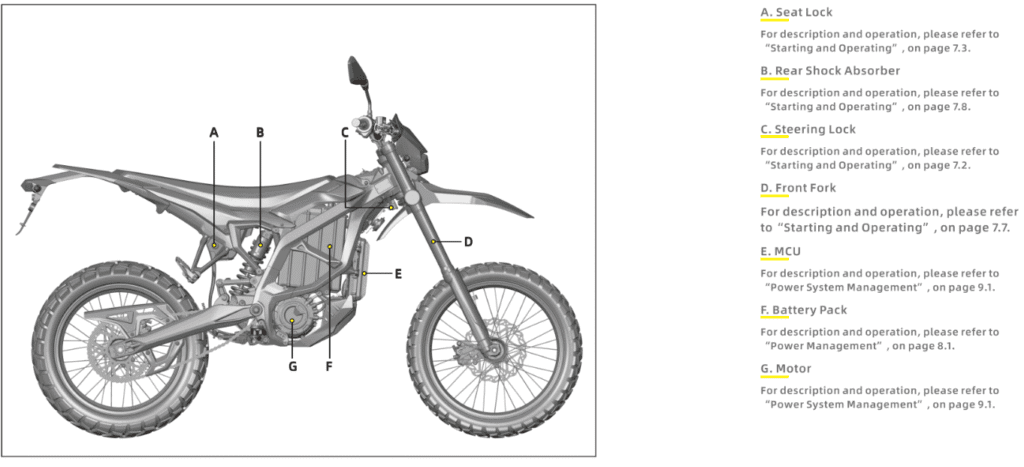
The Vecharged Verdict: You Have the Right Bike, It’s Just in the Wrong Mode
Let’s put this to rest. You made a great choice. The Sur-Ron Ultra Bee is a phenomenal machine. The frustration you’re feeling is the direct result of a communication failure by the brand and its dealer network, not a defect in the bike itself.
Your action plan is simple:
- Stop Worrying: Your bike isn’t broken.
- Contact Your Dealer: Get the official, warranty-safe derestriction procedure.
- Ride Responsibly: Understand that full power is for off-road use only.
- Trust Your Charger: The 74V charger is the correct tool for the job.
Now, go unlock the thrilling performance you were promised and ride with confidence.

Suhas Shrikant is the founder of Vecharged and an engineering enthusiast specializing in high-power off-grid solar systems. He has designed and built over a dozen custom systems and uses his hands-on, field-tested experience to create Vecharged’s expert guides and reviews.


